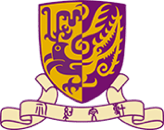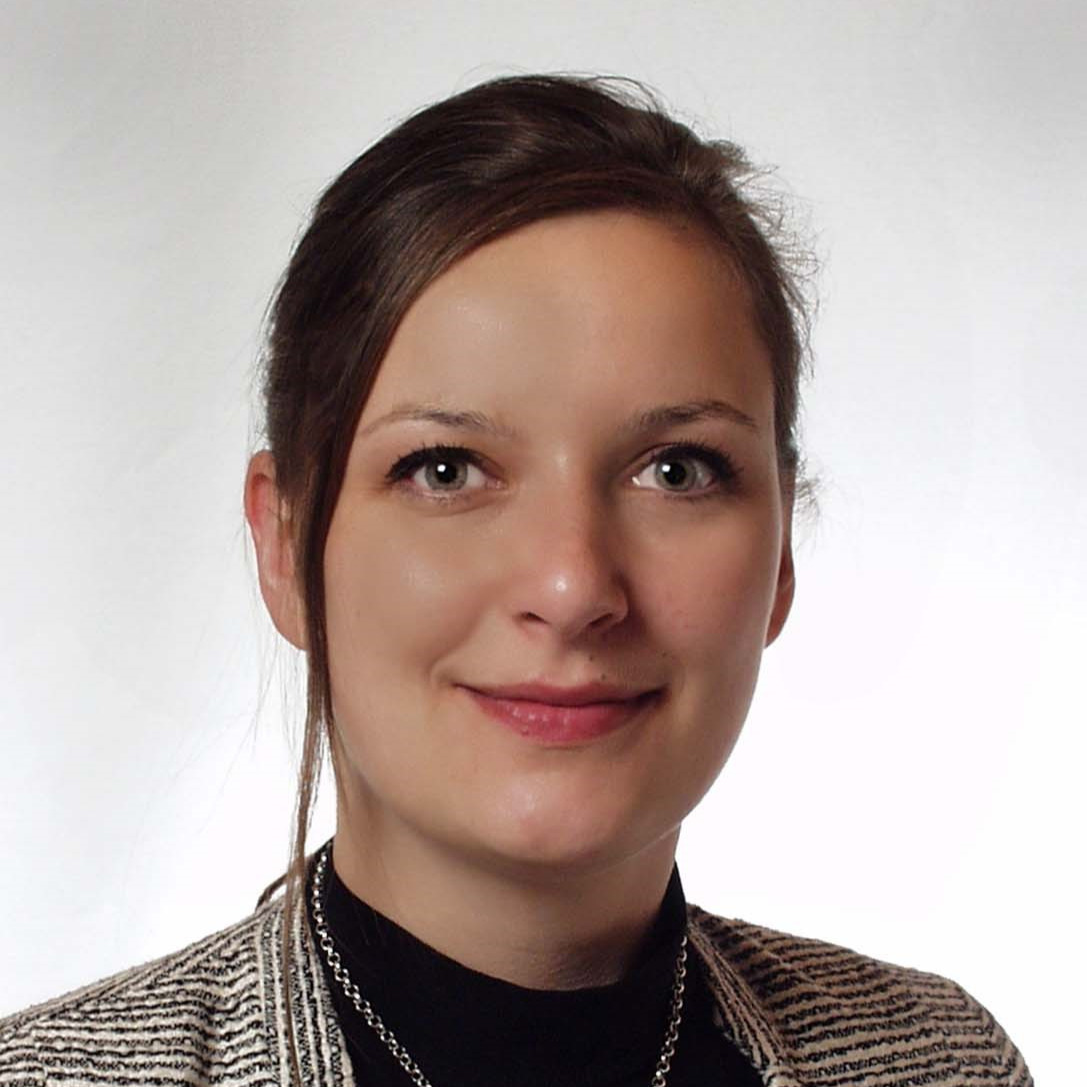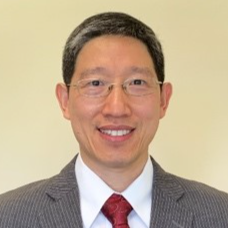The Developmental and Regenerative Biology (DRB) Thematic Research Program covers three specific, but complimentary, research areas listed below. Members are interested in the cellular and molecular mechanisms of how embryos, tissues and stem cells are formed, develop, function and degenerate, and also how factors such as signalling molecules, hormones, growth factors and cytokines control these important processes. Research in these areas will help how we understand what is needed to recreate tissue and organs, including new drugs that could be used in regenerative medicine.
Developmental Biology
- Embryonic and fetal development and reproductive tract environment in health and diseases including prematurity, Hirschprung’s disease, neural crest defects, cardiac diseases and diabetic pregnancies.
- Development and regeneration of peripheral nerves, craniofacial development, deafness and eye diseases.
- Genetic and molecular basis of skeletal disorders
- Cell signaling in development and disease
Endocrinology
- Regulatory mechanisms of stem cell differentiation (microRNA, ion channels, long non-coding RNAs) and stem cell therapy in tissue regeneration.
- Generation, biological, genetic and genomic characterization, and clinical application of induced pluripotent stem (iPS) cells, embryonic stem cells and mesenchymal stem cells (MSC).
- Application of iPS cells as disease models including neurological diseases and cancers and as tools for drug discoveries.
- Stem cell biology and cell-based therapies
- Stem cell-based tissue engineering, biomaterials, artificial intelligence, deep learning, label-free cell tracking, musculoskeletal regeneration, orthopaedic research, small molecules and 3D microphysiological tissue models for regenerative medicine.
- Molecular regulation of stem cells in aging and age-related diseases
Stem Cells and Regenerative biology
- Investigating fundamental biological and mechanical factors that regulate stem cell proliferation, differentiation and developmental fate
- Use of stem cells and 3D scaffold-printing to generate tissues and organs for regeneration such bone fracture healing, cardiovascular and neural tissue repair etc.
- Reprograming normal and genetically abnormal somatic cells into induced pluripotent stem cell (iPS) and using them as models to study human diseases and developmental processes
- Germline stem cell transdifferentiation for tissue regeneration
Principal Investigators
Name
Contact No.
Research Interests
Tissue engineering, regenerative medicine,
biomaterials, stem cells, cell-based therapy,
hydrogel, extracellular matrix
Tissue engineering, liver regeneration,
stem cell, microfluidics, biomaterial,
biomechanics
Tissue engineering and regenerative medicine, enabling technologies, biomaterials, complex organoid and tumoroids, cell niche engineering, mechanoregulation
Stem cell therapy, development of enteric
nervous system, neural crest stem cells,
stem cell migration and differentiation,
congenital gut disorders, cell transplantation,
mouse embryonicdevelopment, Hirschsprung's
disease, irritable bowel syndrome, neural crest
cell induction
Pluripotent and adult stem cells, Cardiac development,
Brown and beige adipocytes,
Therapeutic development for type 2 diabetes
Genome editing, Stem cells, Gene and cell
therapy, Inherited hematopoietic and metabolic
disorders
Infertility, assisted reproduction technologies,
male contraceptive, sperm functions,
spermatogenesis, germline stem cell biology,
germ cell transplantation, testis
microenvironment, cancer/testis genes
Epithelial transport, Ca2+/cAMP signaling,
purinergic receptors, Heme oxygenase,
carbon monoxide, airway inflammation,
fluorescence imaging
Molecular mechanisms of mammalian development
and human congenital disorders,
transcriptional regulation, functional genomics,
craniofacial, inner ear and sensory neural
development, neural crest and placode,
stem cells and regeneration
Bone, cartilage, degeneration, regeneration,
stem cells, small molecules, tissue engineering
Kidney physiology, injury and repair,
Male reproductive biology,
Metabolic signaling pathways in the liver
Associate Members
Name
Contact No.

Prof CHAN Chung Ngor Juliana

Prof CHAN Wan Yi Renee

Prof CHENG Chun Yiu Jack

Prof CHOY Kwong Wai Richard

Prof. LEE Yuk-wai Wayne

Prof LEUNG Ting Fan

Prof LI Chi Kong

Prof LI Zhong Alan

Prof POON Wai Sang

Prof TANG Leung Sang Nelson

Prof WANG Huating

Prof YUNG Shu-hang Patrick
主题研究组


























